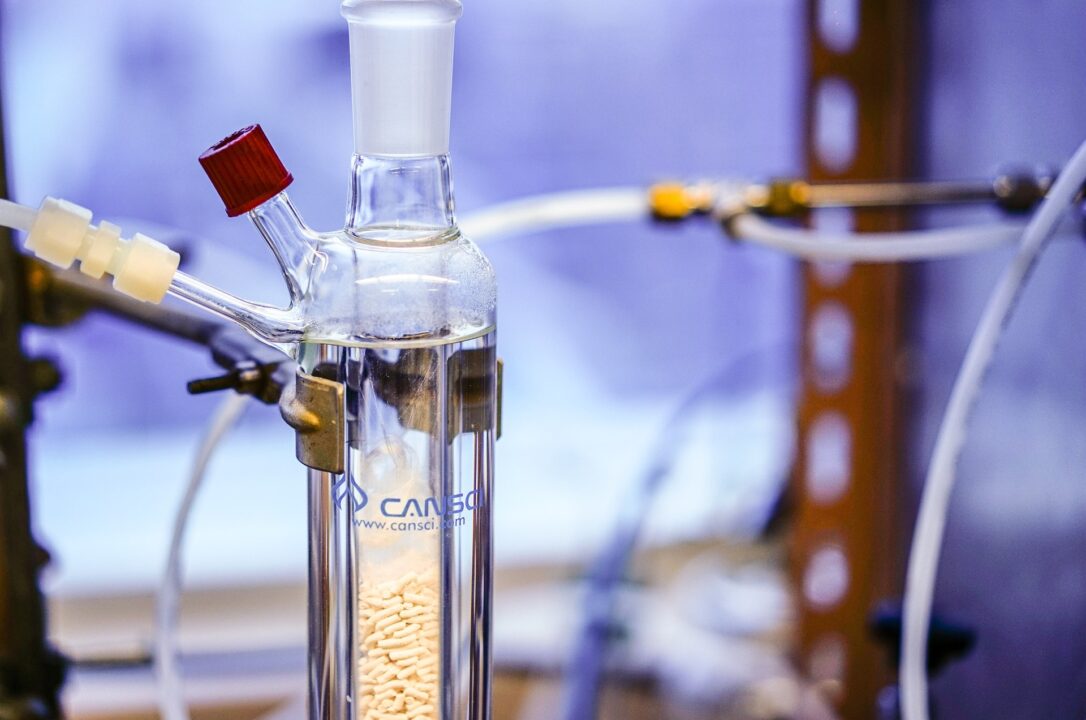World Aquatics’ new Aquatics Integrity Unit has announced its year-end 2022 testing results.
World Aquatics is one of many organizations that have overlapping authority to test aquatic athletes around the world. The data from the Aquatics Integrity Unit only reflects those tests done via World Aquatics’ direct testing programs.
In 2022, a total of 5,835 samples were collected from 1428 individual athletes from 101 National Federations across all aquatic sports: swimming, water polo, diving, artistic swimming, open water swimming and high diving. The samples included 3766 urine samples and 2069 blood samples. The organization says that all of those were subjected to “rigorous testing.”
This is a significant 78.7% increase from the 3,265 samples collected from 1,035 athletes of 91 countries during the 2021 program.
World Aquatics has not yet released full data on tests administered by athlete (they did so in 2021), but their public list of individuals suspended only showed two positive tests come out of the doping program in 2022: Egyptians Mohamed Samy and Shahd Abdallah.
Percentage of Tests, by Sport:
- Swimming – 66%
- Water Polo – 14%
- Open Water Swimming – 9%
- Artistic Swimming – 5%
- Diving/High Diving – 4%
Percentage of Tests by Gender:
- Female athletes – 50.7% of tests
- Male athletes – 49.3% of tests
Percentage of Tests by Continent:
- Europe – 56.6% of tests
- Americas – 21.6% of tests
- Asia – 10.9% of tests
- Oceania – 7.7% of tests
- Africa – 3.17% of tests
“This year’s testing numbers demonstrate our unwavering commitment to ensuring clean sport and fair competitions for all aquatics athletes in all aquatic sports,” said World Aquatics President Husain Al-Musallam. “Through our partnership with the ITA and the leadership of the AQIU, we continue to ensure that state-of-the-art independent testing methods are in place to combat doping and ensure our waters are clean. All athletes deserve a level playing field.”
Testing in Russia, Belarus, and Ukraine
The World Aquatics Integrity Unit says that the Russian invasion of Ukraine created “little disruption” to testing programs of athletes from those countries.
There was a 16% decrease in blood testing carried out on Russian athletes in 2021, but World Aquatics says that was “on part with the ITA testing plan.”
Much of World Aquatics’ in competition testing is conducted at World Aquatics hosted meets, and the absence of athletes from Russia and Belarus from those events would naturally decrease the amount of testing opportunities.
From the release:
Notably, the number of out-of-competition tests conducted on Russian athletes was on par with the ITA testing plan. The overall number of blood tests decreased by only 16% as compared to 2021, with 293 tests being carried out.
Testing in Belarus remained predominantly unaffected, with the number of out-of-competition tests conducted on Belarusian athletes in 2022 similar to previous years. There were 21 tests carried out in 2022.
Despite facing challenges due to the ongoing war and difficulties in obtaining whereabouts information for Ukrainian athletes forced to relocate, the ITA has worked diligently to maintain testing consistency with the 2021 period for these athletes as well.
“These testing figures for Russian and Belarussian athletes are significant given that these athletes did not compete in any World Aquatics competitions in 2022 and as compared against the increase in testing during the prior year’s Olympic Games in Tokyo,” said AQIU Chair Miguel Cardenal Carro. “The AQIU has been steadfast in its mission to ensure clean competition in all aquatics events, and particular attention has been placed to ensure that no gaps in testing take place during the ongoing war in Ukraine.”
